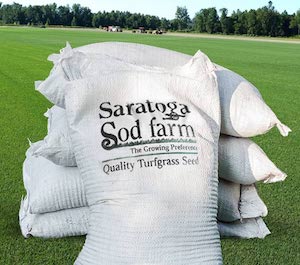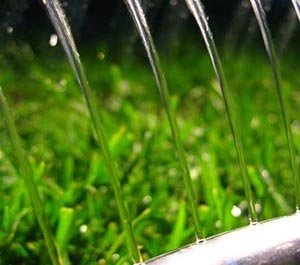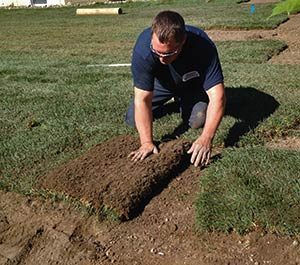Fertilizing your lawn is an important part of keeping your lawn healthy and looking it’s best year-round. Whether you’re growing from seed or fertilizing new sod, check out our lawn fertilizing tips below!
UNDERSTANDING N-P-K
Fertilizer is categorized by a series of three numbers, known as NPK, that represents the ratio of the three macro-nutrients used by plants.
An easy way to remember what each nutrient contributes is: Up-Down-All Around
- N is for nitrogen for the top growth of the turfgrass. Nitrogen aids photosynthesis—the process of converting carbohydrates into energy in the presence of sunlight. Carbohydrates can be used right away, or stored in reserve to help the plant through stress periods or winter dormancy. The end result also contributes to the color of the turfgrass.
- P is for phosphorus for the root system of the plant, which helps transport water and nutrients from the soil.
- K is for potassium to maintain a healthy cell structure in the plant. Potassium keeps the blades rigid, providing endurance to withstand stresses such as heavy traffic on the grass.
WHEN & HOW TO FERTILIZE
For a healthy lawn, feed every 4 – 6 weeks.
- A slow release or controlled release form of Nitrogen should be used whenever possible, especially on spring and fall applications.
- Always follow manufacturer’s instructions.
- Always “water-in” fertilizer after applying.





